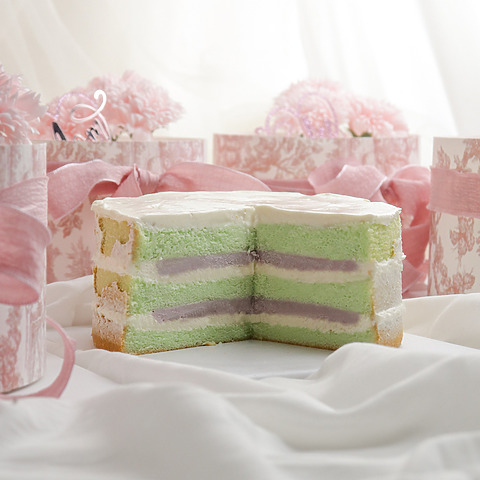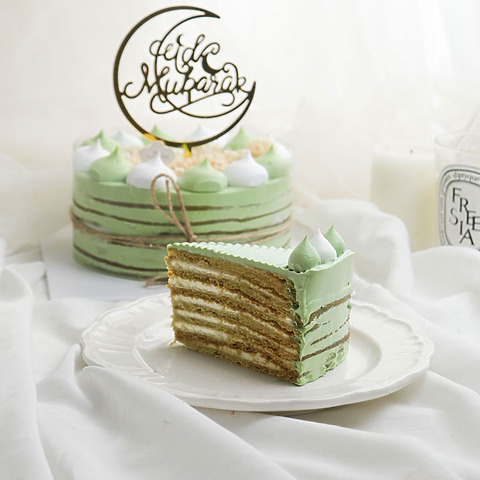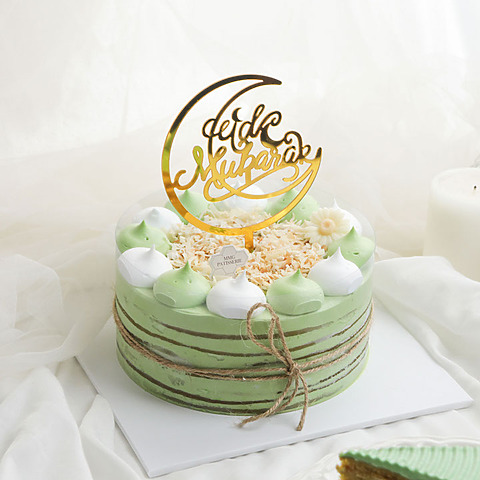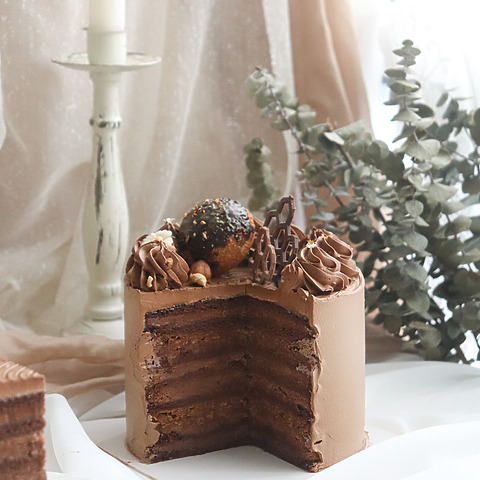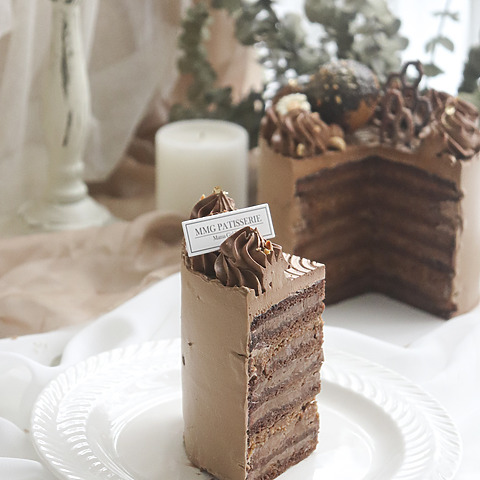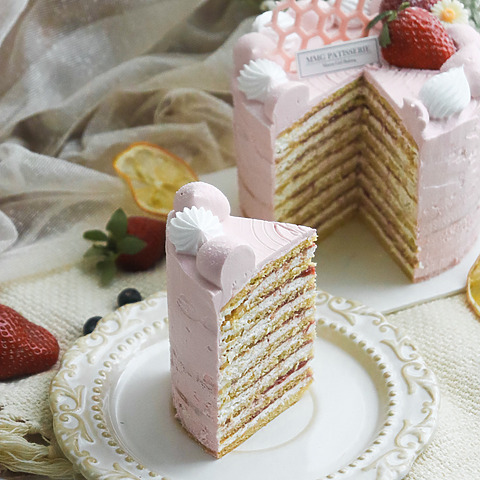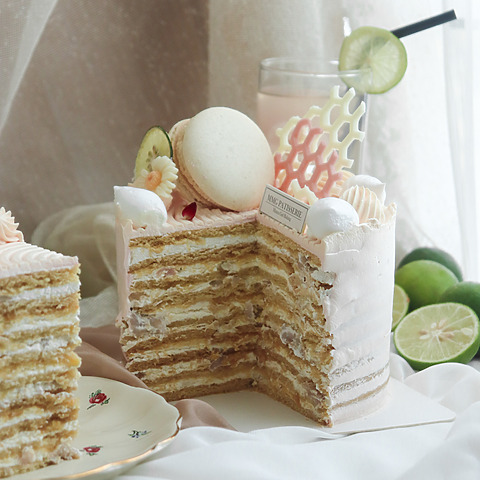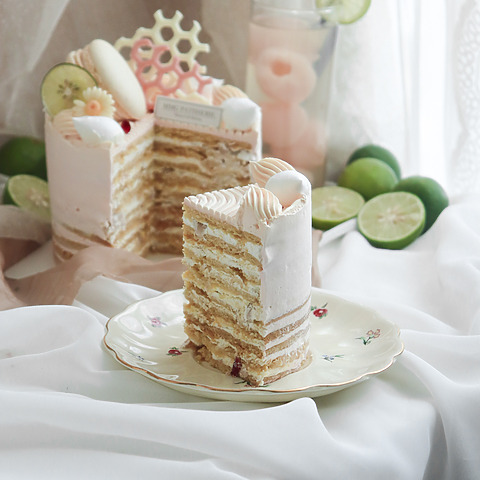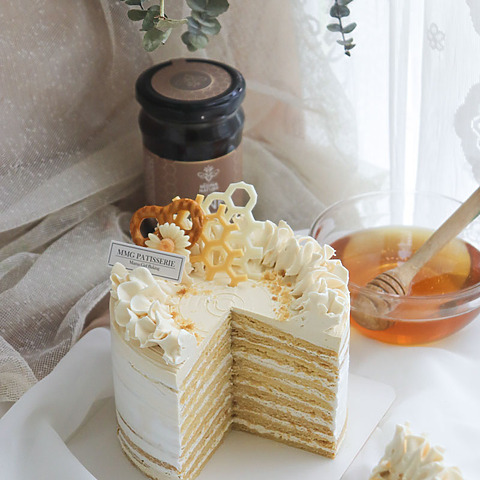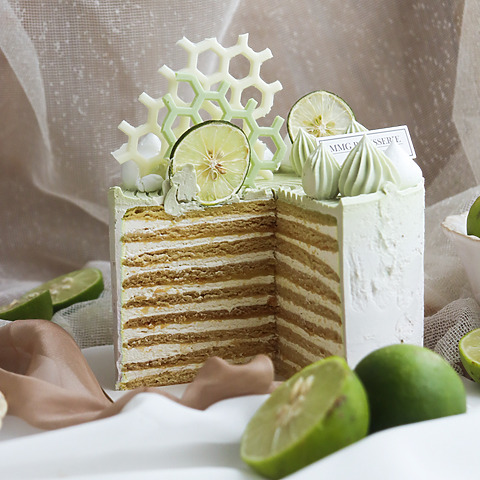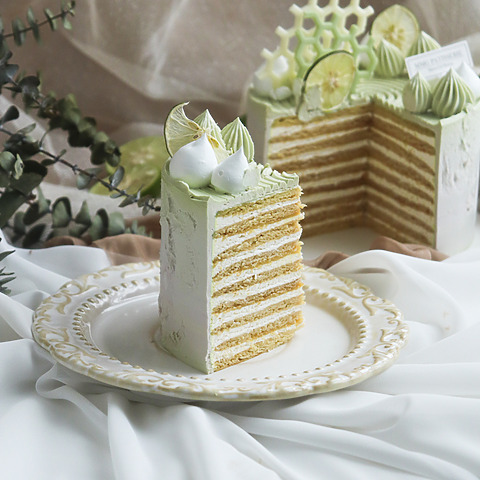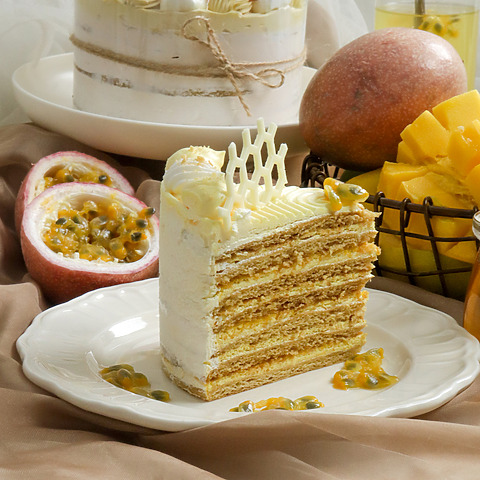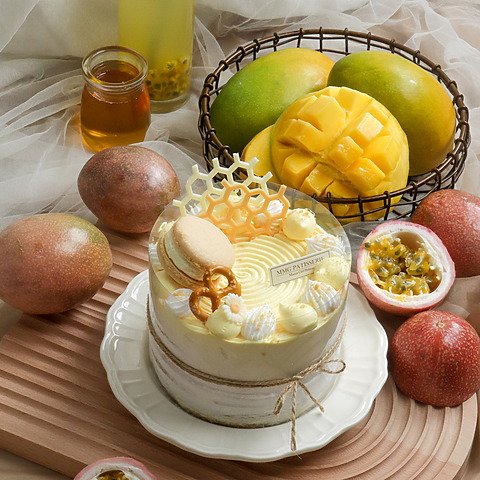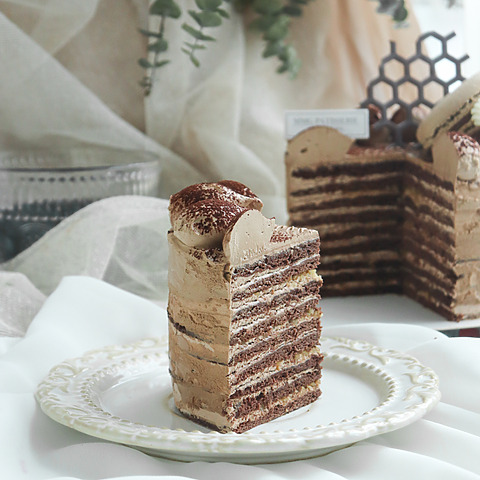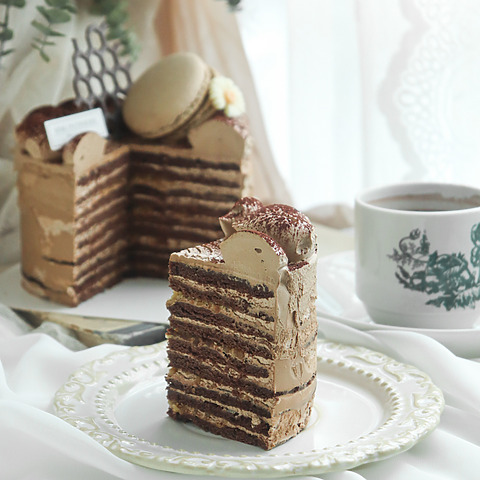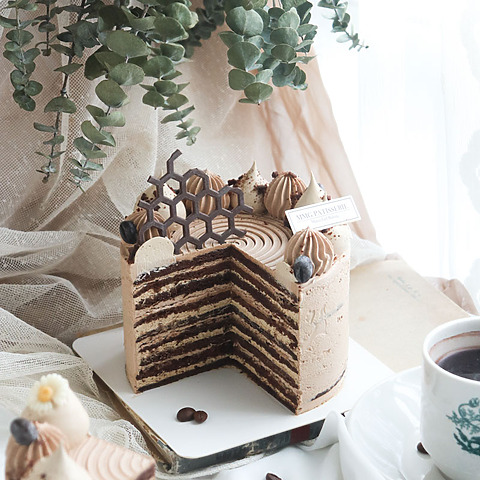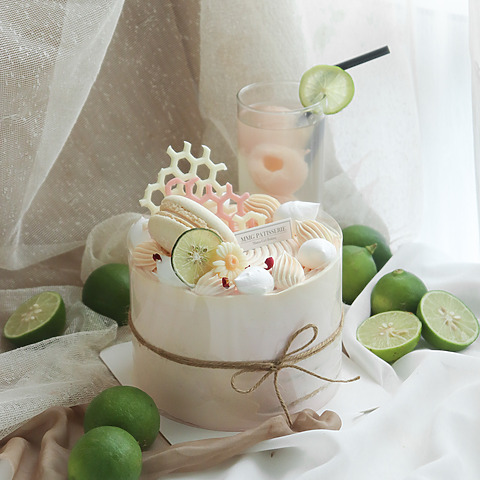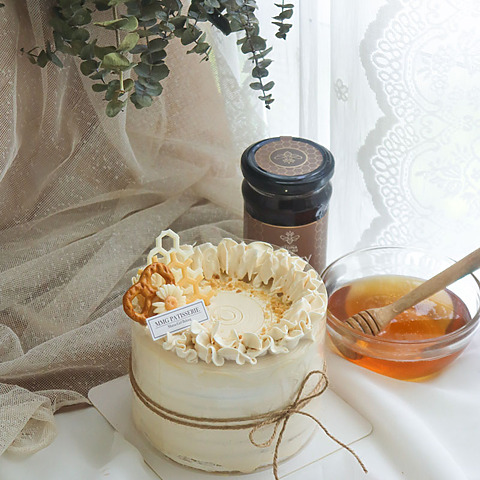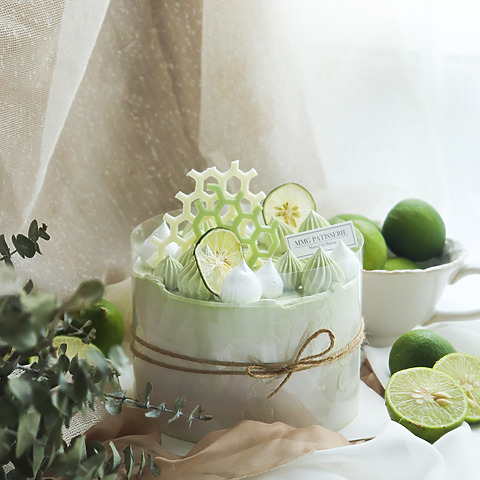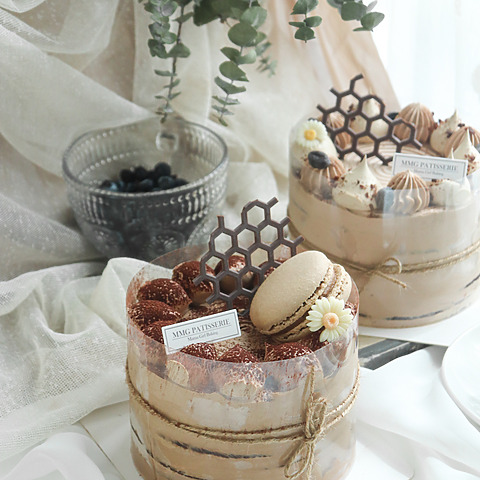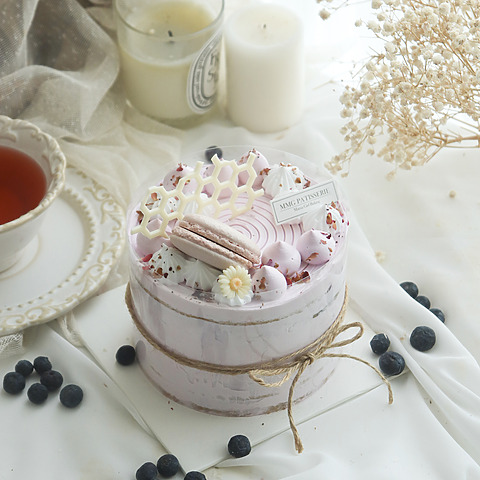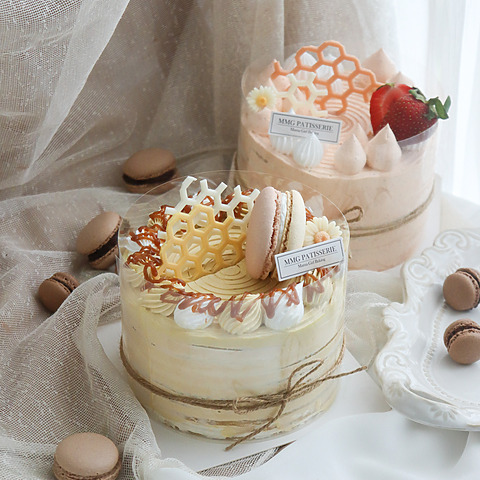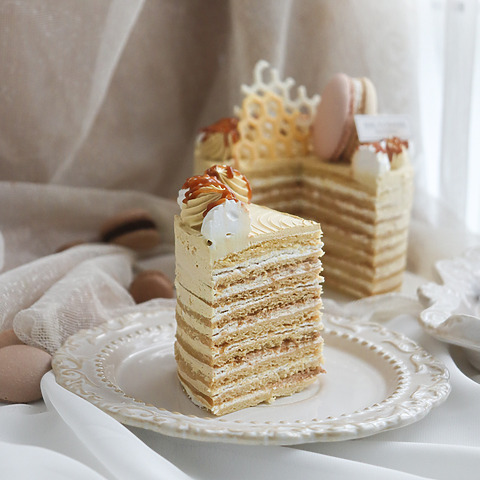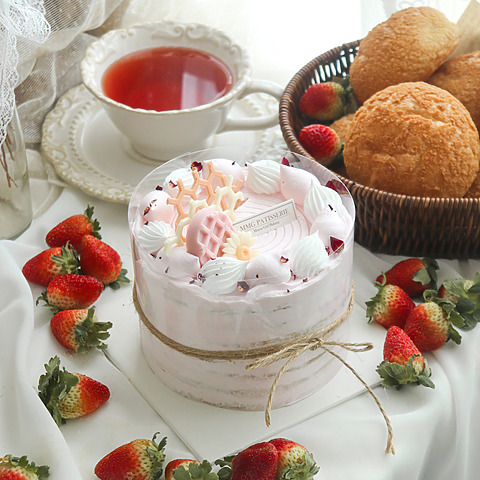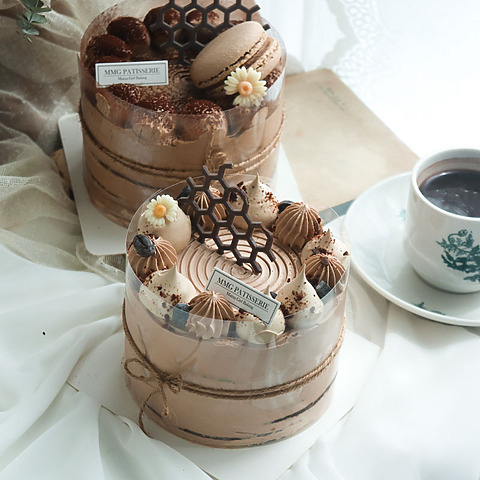Honey Cakes from Around the World: Classic Confections from Across the Globe
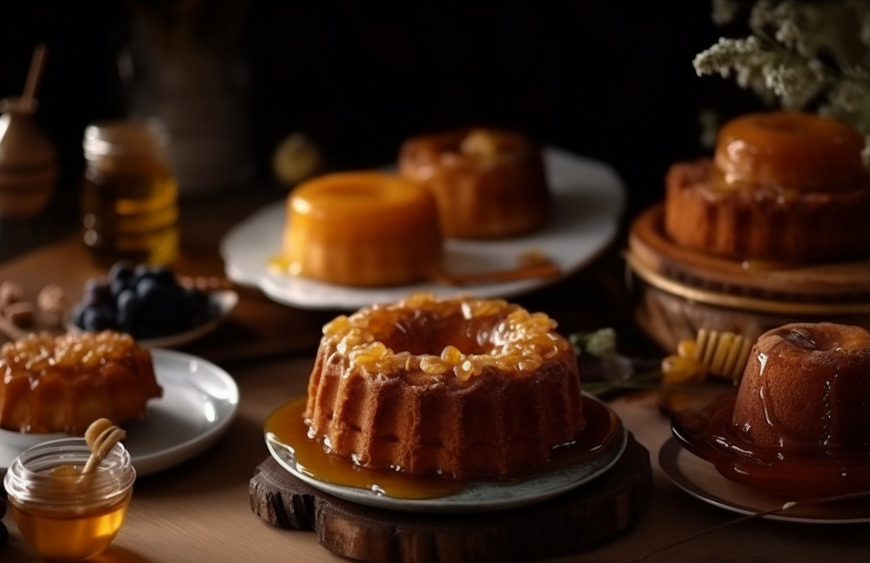
Honey cakes have been a staple in the culinary world for centuries, enchanting taste buds with their luscious sweetness and rich, golden hues. These divine confections are deeply rooted in the food culture of various regions, and their recipes have been passed down through generations, standing the test of time. In this article, we will embark on a delectable journey to explore traditional honey cakes from around the globe, delving into their history, preparation, appearance, and taste. So, buckle up and prepare to immerse yourself in the sweetness of these classic honey cakes.
Russia and former-Soviet Union
Medovik Cake
торт Медовик (Honey Cake)
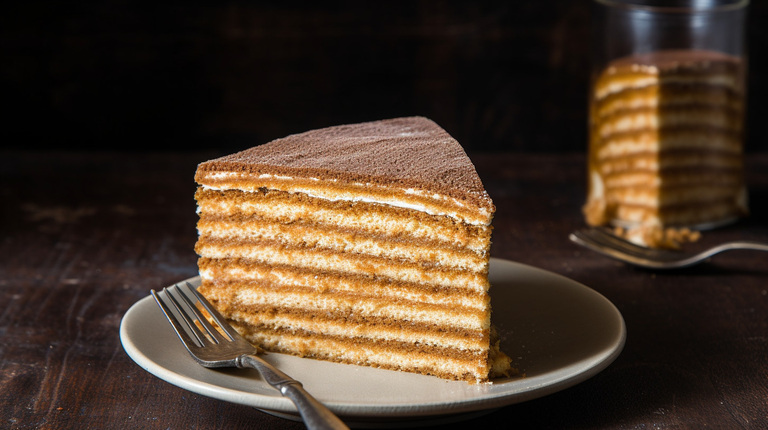
Originating from Russia, Medovik is a scrumptious multi-layered honey cake that boasts a long history dating back to the 19th century. Legend has it that the cake was first made by a young confectioner to impress Empress Elizabeth, wife of Tsar Alexander I.
Medovik is made from delicate layers of honey-infused sponge cake, sandwiched together with a creamy sour cream frosting. The dough is made with honey, flour, butter, sugar, and eggs, while the frosting is a delightful combination of sour cream, sugar, and vanilla. To make the cake, the dough is rolled out, cut into circles, and baked until golden brown. Once the layers have cooled, they are assembled with generous helpings of frosting between each layer.
The finished Medovik is a towering masterpiece of uniform golden layers, showcasing the honey-kissed sponge cake and luscious sour cream frosting. This dessert has a tender, moist texture and a harmonious balance of sweet honey and tangy sour cream flavors.
If the charm of the Medovik cake has captured your heart, MMG Patisserie is here to delight your taste buds with our exceptional take on this classic Russian dessert. Prepared by our talented bakers, our Medovik cakes artfully blend the traditional honey-infused sponge layers with our cream cheese or whipped cream frostings. With a variety of flavors, each meticulously crafted using the finest ingredients and baked to order, you can savor a true gourmet experience from the comfort of your home.
Japan
Castella (Kasutera)
カステラ (Cake from Castille)
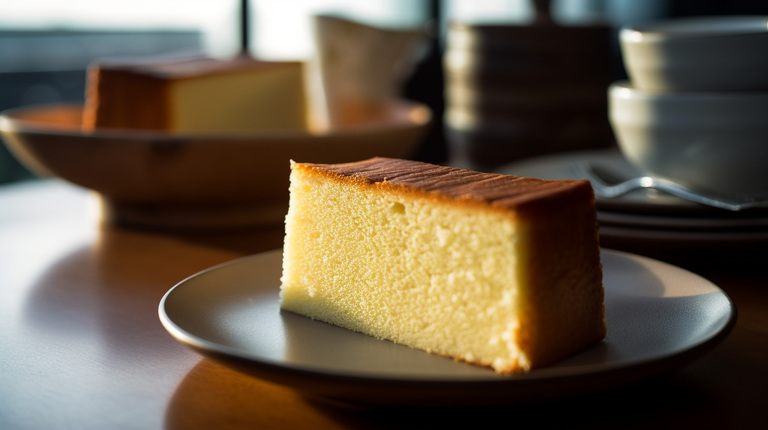
Castella, or Kasutera, is a Japanese sponge cake that owes its origins to the Portuguese pão de Castela, introduced to Japan in the 16th century. This cake has since become an integral part of Japanese cuisine, particularly in the Nagasaki region.
The key ingredients in Castella are honey, eggs, sugar, and bread flour. The cake is prepared by whipping eggs and sugar together until they reach a ribbon stage, then adding honey and bread flour. The mixture is poured into a square or rectangular mold, and baked until it achieves a lovely golden brown color.
A perfectly baked Castella has a fine, even crumb and a moist, velvety texture. The cake’s flavor is a delightful blend of sweetness from the honey and a subtle egginess, making it a much-loved treat in Japan.
Greece
Melopita
Μελόπιτα (Honey Pie)
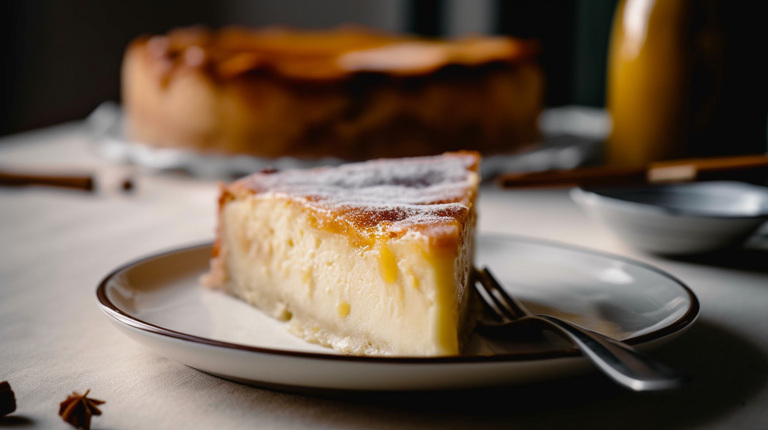
Hailing from the picturesque Greek island of Sifnos, Melopita is a delightful honey and cheese pie that offers a unique combination of flavors. This traditional dessert is believed to have ancient origins and is often enjoyed during festive occasions.
Melopita is made with a rich and creamy mixture of honey, ricotta cheese, eggs, sugar, and lemon zest. The filling is encased in a homemade phyllo pastry, which is made from flour, water, olive oil, and vinegar. The pie is then baked until golden and crisp, and drizzled with more honey to finish.
The result is a beautifully flaky and golden phyllo pastry encasing a velvety, sweet, and tangy filling. Melopita’s flavor profile is a delightful marriage of honey, citrus, and creamy ricotta cheese.
Germany
Bienenstich
Bienenstich (Bee Sting Cake)
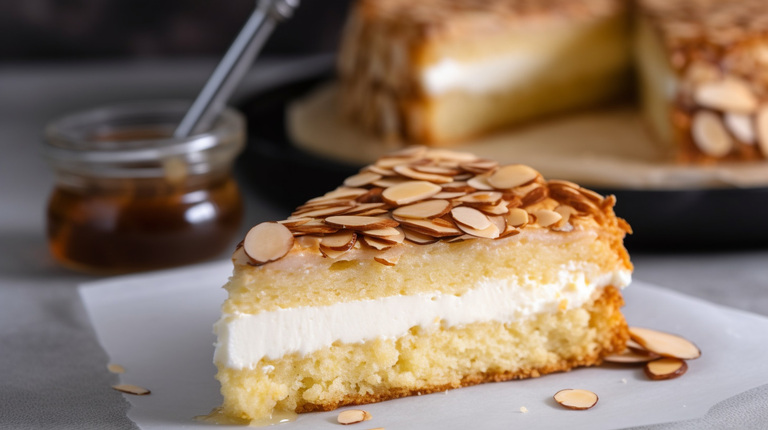
Bienenstich, or Bee Sting Cake, is a classic German dessert that has been enjoyed for centuries. This delicious cake features a delightful combination of a soft, yeasted cake, a creamy custard filling, and a crunchy almond and honey topping.
The cake is made with a yeasted dough, prepared with honey, milk, butter, sugar, and eggs. The topping consists of a mixture of honey, sugar, butter, and sliced almonds. The cake is assembled by spreading the dough into a round or square baking pan, followed by the topping, and baked until golden and fragrant.
Once cooled, the cake is sliced in half horizontally and filled with a smooth and creamy custard made from milk, sugar, eggs, and cornstarch. Bienenstich has a soft, slightly chewy texture, with a crunchy almond topping and a luscious custard filling. The flavor profile is a sublime blend of sweet honey, nutty almonds, and creamy custard, making it an irresistible dessert.
France
Pain d'épices
Pain d'épices (Spice Bread)
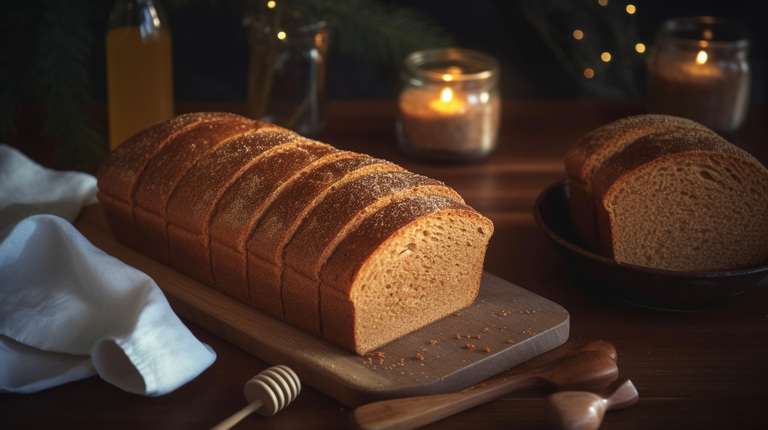
Pain d’épices, is a traditional French honey cake with a rich history dating back to the Middle Ages. This flavorful cake is known for its warm spices, which provide a delightful contrast to the sweetness of the honey.
The primary ingredients in Pain d’épices include honey, flour, sugar, and a blend of spices such as cinnamon, cloves, ginger, and nutmeg. Some variations also incorporate candied orange peel or a touch of anise. To make the cake, the dry ingredients are combined with the wet ingredients, and the mixture is poured into a loaf pan or a decorative mold.
Once baked, Pain d’épices has a dark golden-brown appearance with a dense, moist crumb. The cake’s flavor profile is a lovely medley of rich honey and aromatic spices, making it a delicious treat perfect for enjoying with a cup of tea or coffee.
France
Bolo de Mel
Bolo de mel (Honey Cake)
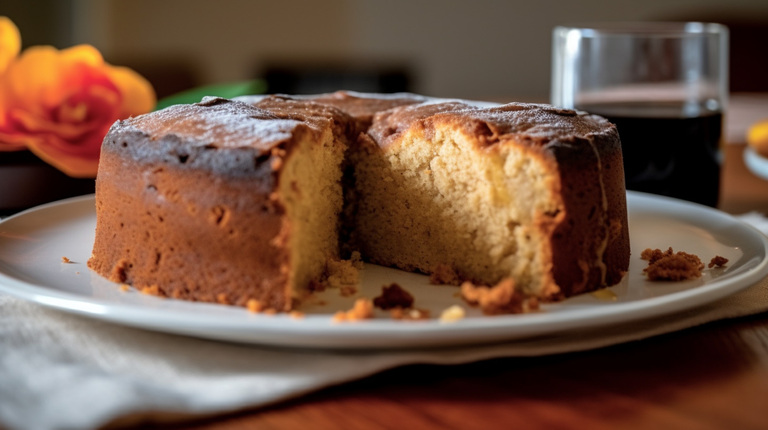
Bolo de Mel is a traditional Portuguese dessert that has been a staple in Madeira for centuries. This dark, moist cake is often enjoyed during the Christmas season and has a unique flavor profile, thanks to the addition of spices and molasses.
The main ingredients in Bolo de Mel include honey, molasses, sugar, flour, eggs, and a blend of spices such as cinnamon, cloves, and anise. The cake also features a mix of dried fruits and nuts, such as raisins, walnuts, and almonds. To prepare the cake, the dry ingredients are combined with the wet ingredients, and the mixture is poured into a round or rectangular baking pan.
Once baked, Bolo de Mel has a dark, almost black appearance with a dense, moist crumb. The cake’s flavor profile is a symphony of rich honey, earthy molasses, warming spices, and crunchy nuts, making it an indulgent treat that is perfect for festive occasions.
France
Pão de Mel
Pão de Mel (Honey Bread)

Pão de Mel is a popular Brazilian confection with European roots, particularly influenced by the German Lebkuchen. This cake-like treat is a delightful combination of honey, chocolate, and spices, making it a favorite among sweet-toothed Brazilians.
The key ingredients in Pão de Mel include honey, flour, sugar, cocoa powder, and a mix of spices such as cinnamon, cloves, and nutmeg. The dough is formed into small rectangular or round shapes and baked until firm. Once cooled, the cakes are often filled with dulce de leche or other sweet fillings, and coated in chocolate.
Pão de Mel has a tender, cake-like texture with a rich, dark brown color. The flavor is a heavenly blend of sweet honey, chocolate, and aromatic spices, making it an irresistible treat.
Israel
Lekach
עוגת דבש (Honey Cake)
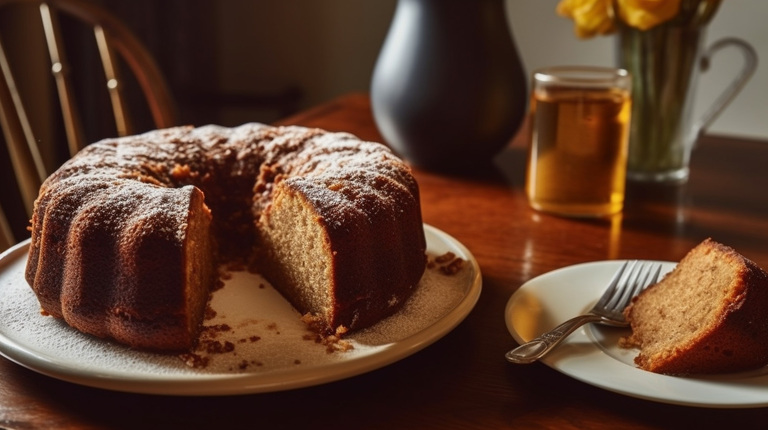
Lekach is a traditional Jewish honey cake that is often enjoyed during the Jewish High Holidays, particularly Rosh Hashanah. This moist and flavorful cake symbolizes the hope for a sweet year ahead.
Lekach is made with honey, eggs, sugar, oil, and flour, along with a mix of spices such as cinnamon, cloves, and ginger. The cake also features a blend of brewed tea or coffee, which adds depth to its flavor. In some variations, orange zest or applesauce is added to enhance the cake’s moistness and fruitiness.
To make the cake, the wet ingredients are combined with the dry ingredients and poured into a round, square, or loaf pan, then baked until a rich, dark golden brown color is achieved. Once cooled, Lekach can be dusted with powdered sugar or left plain.
The finished Lekach has a moist and tender crumb with a deep, warm color. Its flavor is a delightful mix of sweet honey, aromatic spices, and a subtle bitterness from the brewed tea or coffee, making it a delectable dessert to savor during special occasions.
From Russia to Japan, Greece to Germany, honey cakes have been celebrated for their irresistible sweetness and rich flavors. Each region boasts its own unique take on this classic dessert, offering a delightful range of textures and flavors to suit any palate. As you embark on your own culinary adventures, we hope this journey through the world of honey cakes has inspired you to explore these time-honored confections and perhaps even recreate them in your own kitchen. Happy baking!

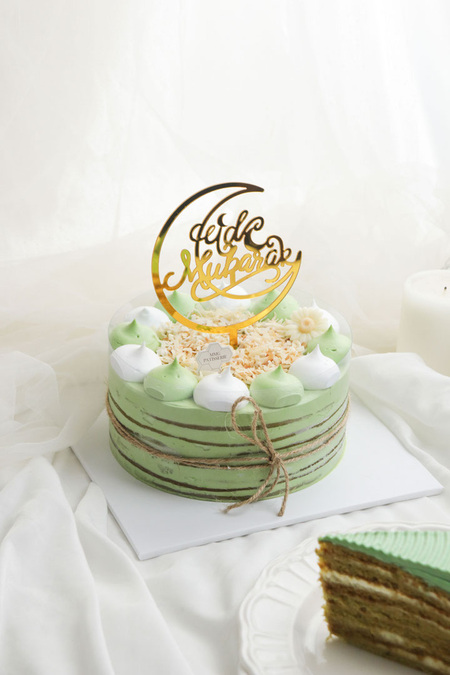
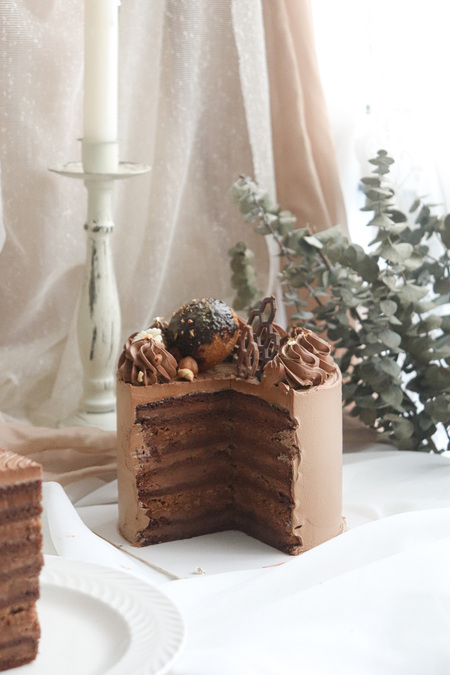
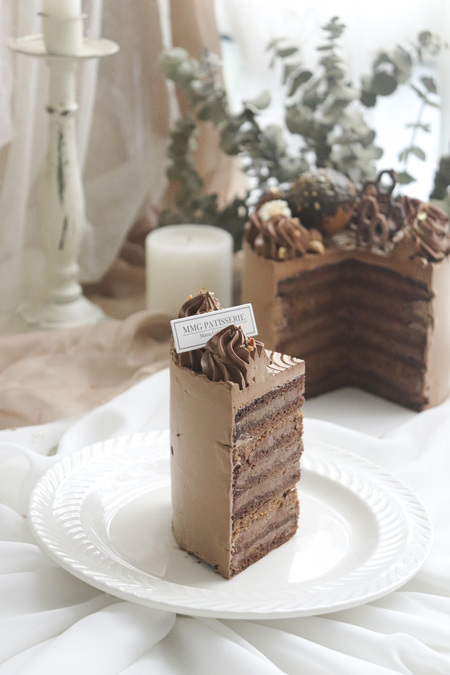

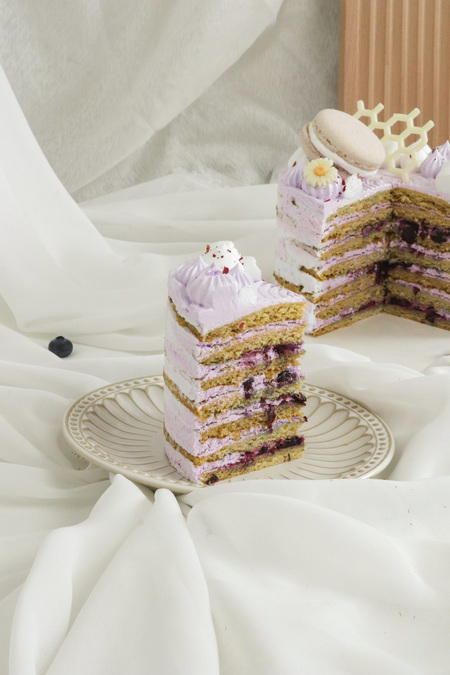
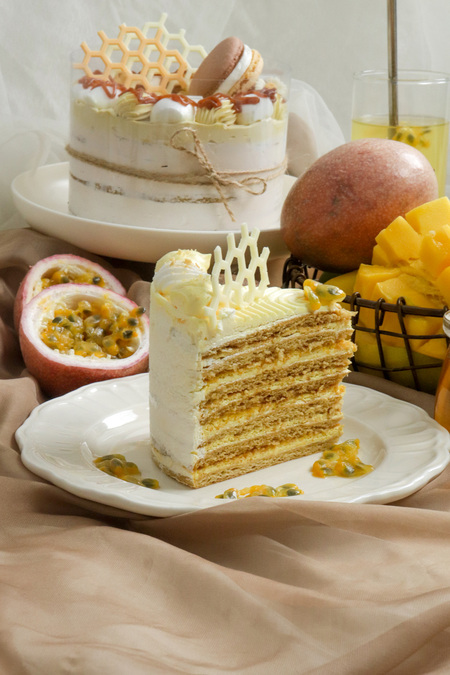
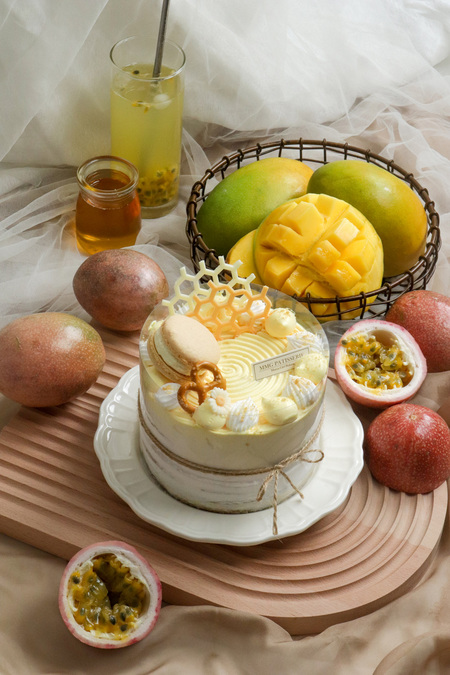
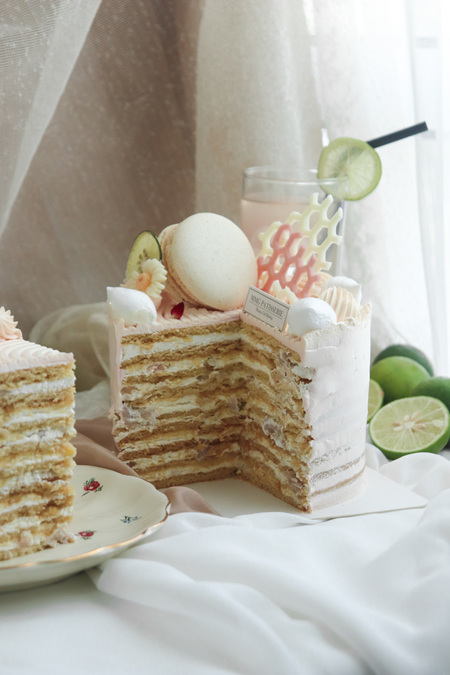

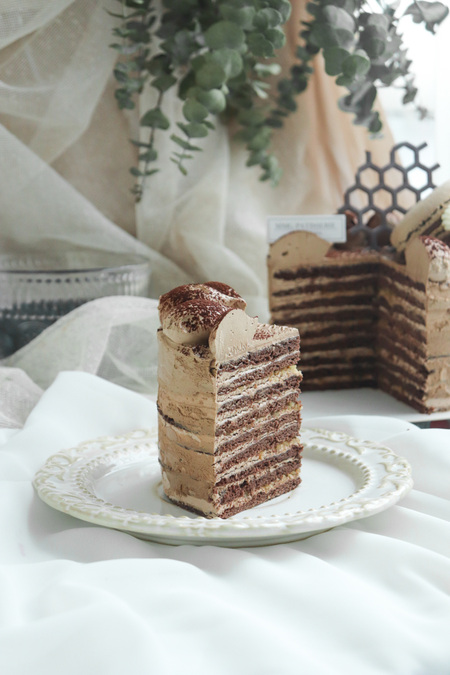
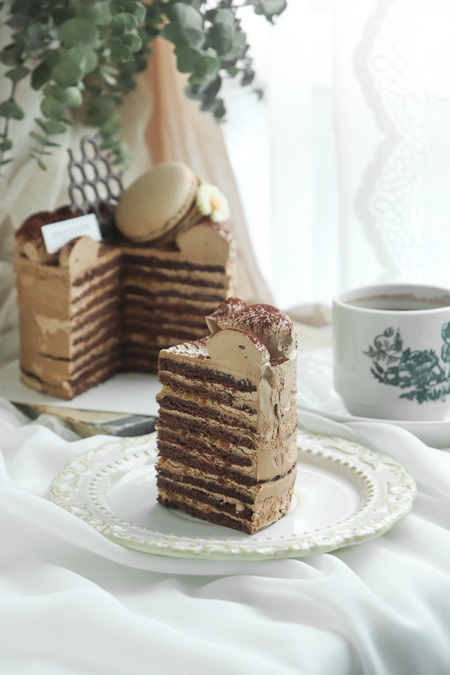
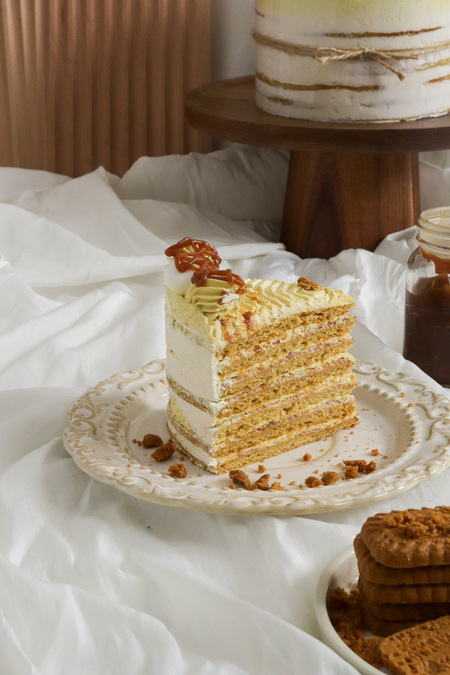
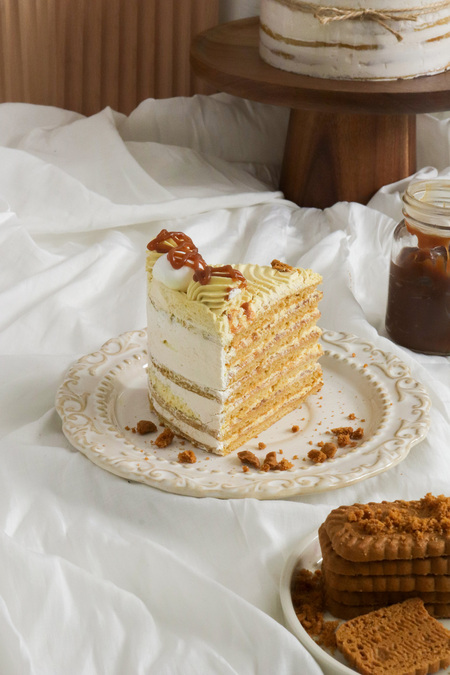



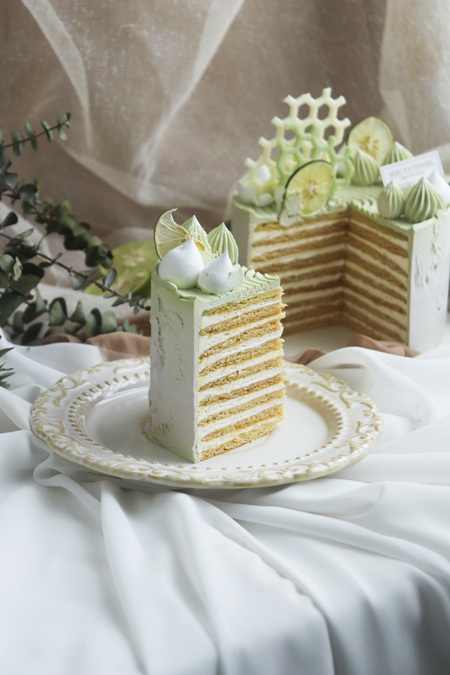
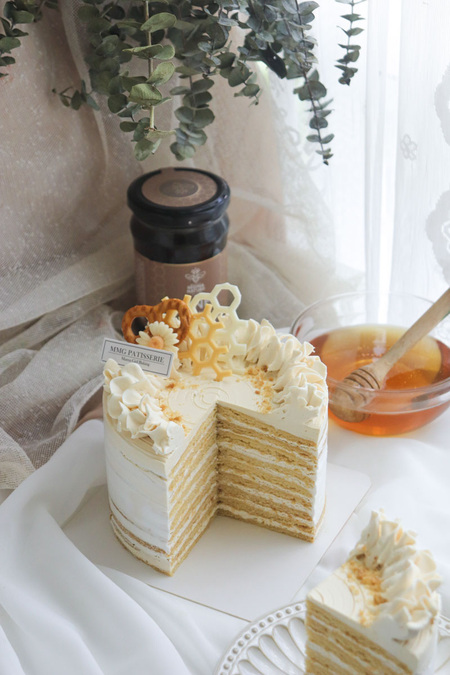

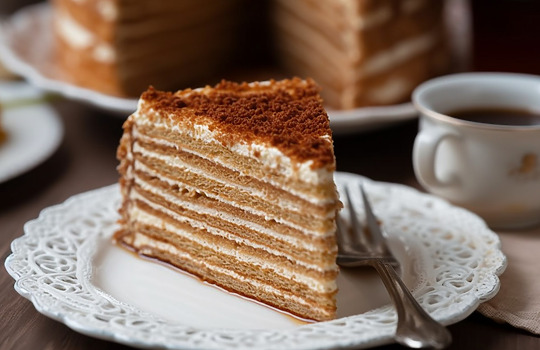

![Taro Pandan Coconut Bliss Cake 6" [Mother's Day Special]](https://mmgpatisserie.com/wp-content/uploads/1--480x480.jpeg)
